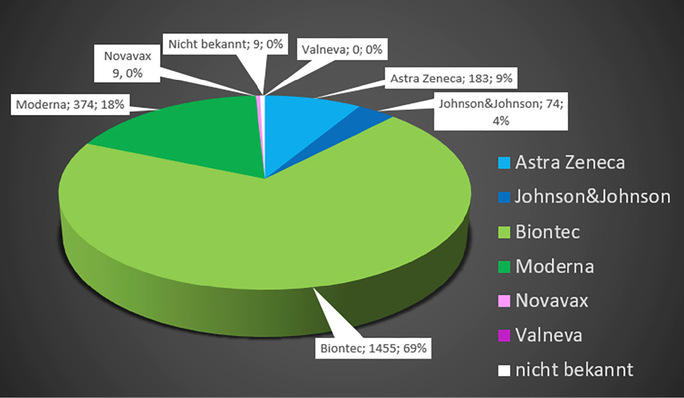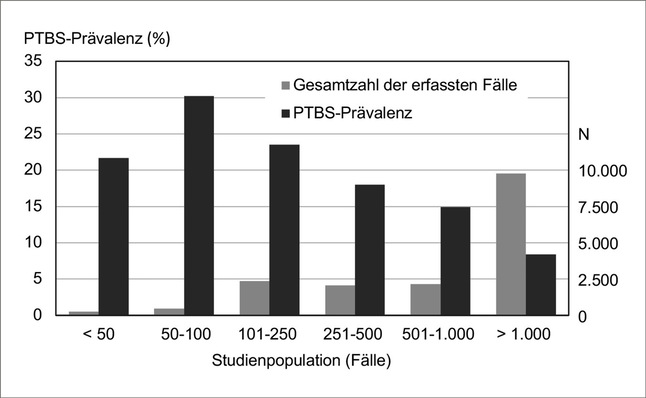Zusammenfassung
Zielsetzung
Ziel der MRT-Fallstudie war es, die relative Meniskusgröße zu bestimmen und zu untersuchen, ob die relative Meniskusgröße auch mit einem möglichen Rissschaden am Innenmeniskus assoziiert ist.
Material und Methode
Bei insgesamt 124 Patienten im Alter bis 50 Jahre (13-50 Jahre) erfolgte aufgrund von Kniebeschwerden eine MRT-Untersuchung (1,5 Tesla). Ausschlusskriterien waren traumatische Kniebeschwerden, Voroperationen oder sichere Zeichen einer radiologischen Gonarthrose. In einer 3-D-Rekonstruktion wurde die Geometrie des Innenmeniskus rekonstruiert und damit die Höhe und die maximale Meniskusbreite im Vorderhorn, der Pars intermedia und im Hinterhorn vermessen. Die maximale Ausdehnung des Meniskus wurde mit der Tibiabreite als Meniskus-Tibia-Index (Meniskusbreite * 100/Tibiabreite [%]) berechnet.
Die Meniskusschäden wurden nach Stoller klassifiziert.
Ergebnisse
In 50,8 % der Fälle war der Innenmeniskus intakt (Stoller Grad 0/I). In 49,2 % wurden Rissschäden nachgewiesen (Stoller Grad II/III). Die durchschnittliche absolute Höhe des Innenmeniskus lag bei unauffälligen Befunden bei 6,7 (S. 0,8) mm, im Falle eines Rissschadens jedoch signifikant (p <0,001) bei 8,1 (S. 1,4) mm.
Signifikante Zusammenhänge fanden sich hingegen zwischen Meniskus-Tibia-Index und Rissschaden. Der Index im Bereich des Vorderhorns betrug bei normalem Meniskus 26,2 (S. 0,6) % und im Falle einer Rissbildung mit 28,2 (6,4) %; p = 0,074.
Signifikant höher war der Index bei Patienten mit Meniskusschaden im Mittelstück. Hier betrug dieser Index 27,7 (S. 6,6) % im Vergleich zu denjenigen mit einem normalen Meniskus (24,2, SD = 5,0) %; p = 0,001. Der Index im Hinterhorn betrug im Falle eines Rissschaden 51,2 (S. 6,5) %, bei normalem Meniskus hingegen nur 43,4 (S. 5,6) %; p <0,001.
Ab einem Index von >27 % für den Bereich des Vorderhorns und des Mittelstücks und einem Index von 49 % für den Bereich des Hinterhorns konnte eine signifikant erhöhte Assoziation mit einem manifesten Rissschaden am Innenmeniskus festgestellt werden.
Schlussfolgerungen
Größe des Innenmeniskus und Grad der Überdeckung der medialen Gelenkflächen ist offensichtlich ein bislang nicht hinlänglich bekannter Faktor bei der Entstehung degenerativer Rissschäden. Werden der vordere und mittlere Teil der medialen Gelenkfläche von mehr als 27 % und der hintere Teil der Gelenkfläche um mehr als 49 % vom Innenmeniskus überdeckt, so ist dies möglicherweise ein anlagebedingter Risikofaktor für eine spätere degenerativbedingte Innenmeniskusschädigung.
Schlüsselwörter BK 2102 – MRT – Meniskusgeometrie – nicht-beruflicher Faktor
MedSach 117 6/2021: 239 –247
The medial meniscus tibia index as a possible MRI parameter in the assessment of causality for meniscus disease and injury.
Abstract
Purpose.
The aim of the MRI case-study was to determine the relative meniscus variable and whether it correlates with a possible degenerative meniscus tear.
Materials and methods.
A total of 124 patients up to the age of 50 (13-50 years) had undergone a MRI examination because of knee complaints (1.5 Tesla). Exclusion criteria were trauma, prior surgery or reliable signs of radiological osteoarthritis. A 3D technique reconstructed the geometry of the interior meniscus and thus allowed the amount and the maximum width of the meniscus in the anterior horn, the pass intermedia and the posterior horn to be measured. The maximum extension of the meniscus was calculated with the tibia as the width of the meniscus tibia index (meniscus width * 100/tibia width [%]). The meniscus damage was graded using the Stoller scale.
Results.
In 50.8 % of cases the interior meniscus was intact (Stoller Grade 0/I). In 49.2 % significant meniscus tears were observed (Stoller Grade II/III). The average absolute height of the inner meniscus in inconspicuous findings was 6.7 (S. 0.8) mm, but in the case of a tear (p <0.001) it was significant at 8.1 (S. 1.4) mm.
On the other hand, significant correlations were found between the meniscus tibia index and tear.
The index in the area of the anterior horn for the normal meniscus was 26.2 (S. 0.6)% and in the case of a tear 28.2 % (S. 6.4 %; p = 0.074).
The index was significantly higher in patients with meniscus damage in the middle portion. This index was 27.7 % (S. 6.6) compared with those having a normal meniscus (24.2 %; p = 0.001, SD = 5.0). The index in the posterior horn was 51.2 in the case of tear damage (S. 6.5), but only 43.4 % in a normal meniscus (S. 5.6 %; p<0.001).
A significantly increased association with manifest tear damage to the medial meniscus was established from an index of >27 % for the area of the anterior horn and the middle portion and an index of 49 % for the area of the posterior horn.
Conclusions.
The size of the interior meniscus and degree of overlap of the medial articular surfaces is obviously an as yet insufficiently known factor in the development of degenerative tear damage. If more than 27 % of the front and middle portion of the medial articular surface and more than 49 % of the rear portion of the articular surface are covered by the interior meniscus, this may be a congenital risk factor for a later degeneratively-conditioned interior meniscus injury.
Keywords ccupational disease BK 2102 – MRI – meniscus geometry – non-occupational factor
Anschrift für die Verfasser:
Prof. Dr. med. habil. Gunter Spahn
Praxisklinik für Unfallchirurgie und Orthopädie Eisenach.
Klinik für Unfall-, Hand- und Wiederherstellungschirurgie am Universitätsklinikum Jena.
Sophienstr. 16
D-991817 Eisenach
spahn@pk-eisenach.de






